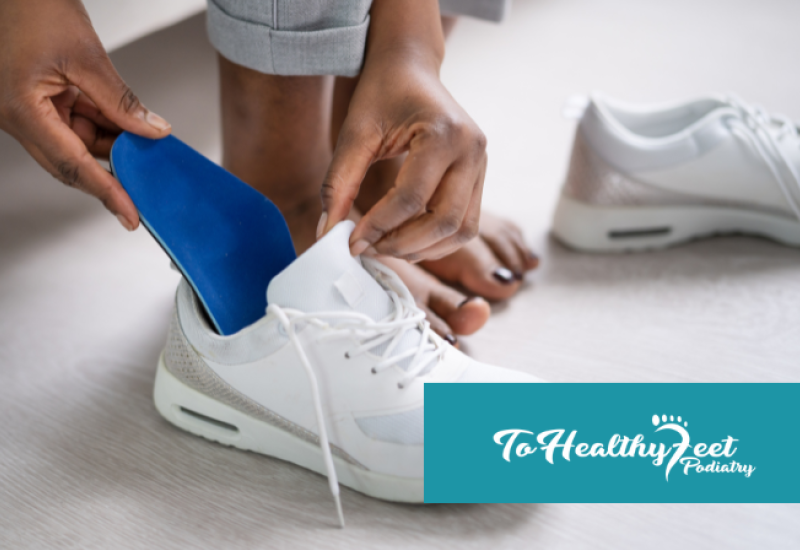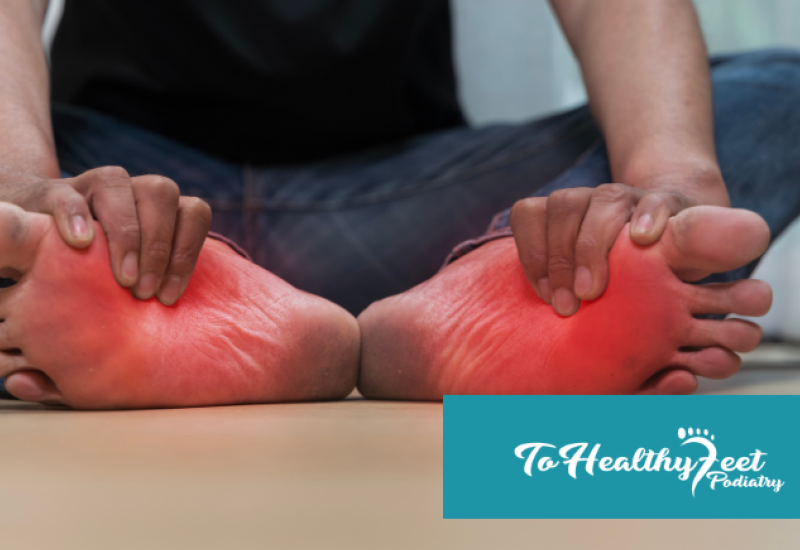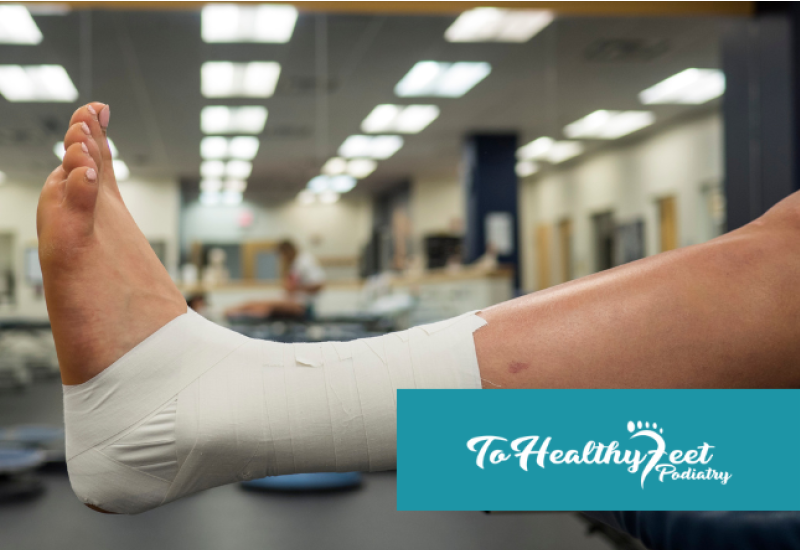Types Of Surgery
Podiatrists will first opt for more conservative treatments like padding, high toe box shoes, and custom orthotics. If these do not offer a patient relief surgery will be recommended. When hammer toe is the primary concern for a patient, surgery can be very effective, but if the hammer toe is caused by an underlying condition like arthritis, your podiatrist may recommend treating that first. There are several surgical treatment options for hammertoe:
- Tendon Transfer: Your podiatrist will reposition a tendon across the joint, pulling the toe into a straighter position.
- Joint Resection: Your podiatrist will cut ligaments and tendons to straighten the bone and may also refine the bone or remove a small section of it. Your foot doctor may also stabilize your toe with temporary pins.
- Fusion: Your podiatrist will cut connective tissues and the ends of the bone to promote the growth of the bones together. This procedure will all require the placement of pins that allow the bones to fuse together.
Hammertoe surgery is commonly performed as an outpatient procedure. This procedure is often performed with a local anaesthetic. This option will reduce recovery times and the occurrences of side effects and complications, but some patients opt for general anaesthetic.
Recovering After Hammertoe Surgery
After a successful surgery, patients can expect to experience swelling, bruising, discomfort, and pain. You may want to ensure that you have a friend or family member who can help you for the first few days post-surgery because your mobility will be significantly impaired.
Your foot doctor will recommend that you avoid putting weight on your foot for several weeks and may urge you to use walking supports like canes or crutches for several weeks. You should elevate your foot several times throughout the day to relieve pain and reduce swelling. You may be unable to drive for several weeks.
Your surgeon will let you know when to return to the office to have the pins and/or stitches removed. At this time your podiatrist will assess your recovery and make further recommendations for healing. Some patients can experience minor swelling for up to a year, so your foot doctor should suggest options for recovery such as orthotics, correct footwear, and even exercise and physiotherapy. These will promote full healing and help you avoid developing hammertoe again.
Treatment Options For Hammertoe in Manhattan, NYC
If left untreated, hammertoes will progressively worsen over time. Your podiatrist will begin treatment with conservative approaches, but may recommend surgery if correction and relief of pain are not achieved. Hammertoe surgery is a safe and effective treatment for the persistent pain and discomfort caused by hammertoe. Surgery may be fairly simple and require only soft tissue manipulation or it may be more complex and require bone refinement and the placement of pins for joint stabilization. If you suffer pain and discomfort from an untreated hammertoe, connect with the expert podiatrists at To Healthy Feet Podiatry in Downtown or Midtown Manhattan. With a thorough assessment, our team will make a knowledgeable recommendation to relieve your pain and get you up your feet again. Call us at: 1-917-398-3668.
FAQs
Q: What is the difference between a corn and a hammertoe?
A: A hammer toe is when the toe is contracted at the joint causing the toe to not lay flat. A corn is more similar to a callus. While both can be painful, a corn is a soft tissue problem whereas a hammer toe is bony.
Q: What is a high toe box shoe?
A: The front of a shoe where your toes are is referred to as a toe box. In some shoes they are quite low, meaning the fabric is tightly in contact with the toes. In high toe box shoes, the top cover of the shoe at the toe is tall enough that the toes do not come in contact with the shoe and this allows room for the hammer toe so that it does not rub.
Q: How long does hammertoe surgery take?
A: Depending on the complexity of the procedure and whether a patient opts for local or general anaesthetic, hammertoe surgery can take between 45 minutes and 3 hours. It is typically performed as outpatient surgery, so patients go home the same day.




